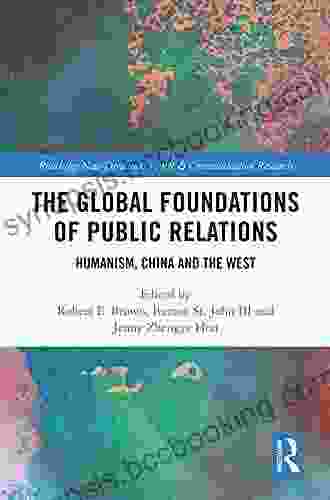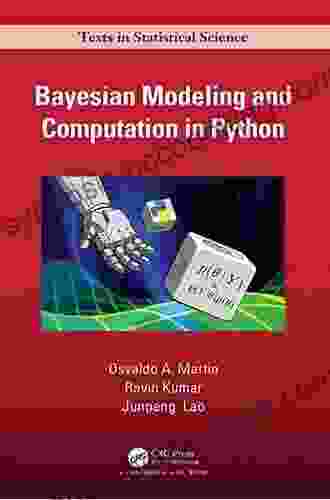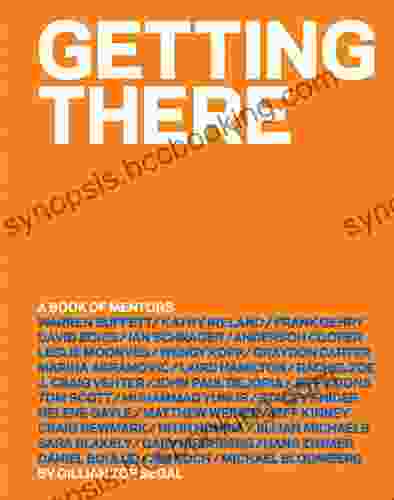Bayesian Modeling and Computation in Python: Unveiling the Power of Uncertainty

In the realm of data analysis and modeling, the ability to quantify and handle uncertainty is paramount. Bayesian statistics, with its probabilistic foundation, offers an elegant and powerful approach to this challenge. With the advent of Python, a versatile and widely adopted programming language, implementing Bayesian models has become accessible to a vast audience of data scientists, analysts, and modelers.
This article delves into the world of Bayesian modeling and computation in Python, providing a comprehensive guide to its concepts, techniques, and applications. We will explore the foundations of Bayesian statistics, the implementation of Bayesian models using Python libraries, and the practical considerations for model building and evaluation.
Bayesian statistics is a branch of statistical inference that incorporates uncertainty into the analysis process. Unlike frequentist statistics, which focuses on fixed and known parameters, Bayesian statistics treats parameters as random variables with probability distributions. This allows for a more nuanced understanding of the data and the relationships within it.
4.5 out of 5
| Language | : | English |
| File size | : | 65598 KB |
| Print length | : | 168 pages |
| Screen Reader | : | Supported |
The core of Bayesian inference lies in Bayes' theorem, which updates our beliefs about a hypothesis or model in light of new evidence. This theorem provides a mathematical framework for combining prior knowledge, represented by a prior probability distribution, with observed data, represented by a likelihood function. The result is a posterior probability distribution, which encapsulates the updated beliefs.
Python has emerged as a popular language for Bayesian modeling due to its open-source nature, extensive library ecosystem, and ease of use. Libraries such as NumPy, SciPy, and PyMC3 provide a wealth of tools for data manipulation, statistical analysis, and Bayesian modeling.
PyMC3, in particular, is a powerful probabilistic programming library that simplifies the construction and inference of complex Bayesian models. It leverages advanced sampling techniques, such as Markov chain Monte Carlo (MCMC),to approximate posterior distributions and generate samples from them.
Constructing a Bayesian model in Python involves defining the model structure, specifying the prior distributions, and defining the likelihood function. The model structure captures the relationships between variables and parameters, while the prior distributions encode our prior beliefs about the parameters. The likelihood function quantifies the compatibility between the observed data and the model.
Once the model is defined, PyMC3 facilitates the inference process. It automatically generates MCMC samples from the posterior distribution, allowing us to estimate the parameters and their uncertainties. The resulting samples provide valuable insights into the model's behavior and its predictions.
Evaluating Bayesian models is crucial to assess their performance and reliability. Techniques such as posterior predictive checks compare the model's predictions to observed data and help identify potential model misspecifications. Cross-validation methods can also be employed to estimate the model's generalizability and avoid overfitting.
Refining Bayesian models involves iteratively adjusting the model structure, prior distributions, and likelihood function based on the evaluation results. This process aims to improve the model's predictive accuracy and reduce uncertainty.
The applications of Bayesian modeling in Python extend across a wide range of fields, including:
- Data analysis: Quantifying uncertainty in data exploration, hypothesis testing, and parameter estimation.
- Machine learning: Developing probabilistic models for classification, regression, and clustering tasks.
- Statistical modeling: Building complex models for capturing non-linear relationships, hierarchical structures, and temporal dependencies.
- Computational statistics: Performing inference and computation in large-scale Bayesian models efficiently.
Bayesian modeling and computation in Python empowers data scientists and modelers with a powerful toolkit to handle uncertainty and make informed decisions. By embracing the probabilistic foundations of Bayesian statistics and leveraging the capabilities of Python, we can unlock valuable insights from data, improve predictive accuracy, and gain a deeper understanding of the world around us.
Whether you are a seasoned data scientist or a curious explorer of uncertainty, this comprehensive guide will provide you with the knowledge and tools to embark on the journey of Bayesian modeling and computation in Python.
4.5 out of 5
| Language | : | English |
| File size | : | 65598 KB |
| Print length | : | 168 pages |
| Screen Reader | : | Supported |
Do you want to contribute by writing guest posts on this blog?
Please contact us and send us a resume of previous articles that you have written.
 Book
Book Novel
Novel Page
Page Chapter
Chapter Text
Text Story
Story Genre
Genre Reader
Reader Library
Library Paperback
Paperback E-book
E-book Magazine
Magazine Newspaper
Newspaper Paragraph
Paragraph Sentence
Sentence Bookmark
Bookmark Shelf
Shelf Glossary
Glossary Bibliography
Bibliography Foreword
Foreword Preface
Preface Synopsis
Synopsis Annotation
Annotation Footnote
Footnote Manuscript
Manuscript Scroll
Scroll Codex
Codex Tome
Tome Bestseller
Bestseller Classics
Classics Library card
Library card Narrative
Narrative Biography
Biography Autobiography
Autobiography Memoir
Memoir Reference
Reference Encyclopedia
Encyclopedia George Marshall
George Marshall Felicity Aston
Felicity Aston Gavin Fairbairn
Gavin Fairbairn Erisvaldo Correia
Erisvaldo Correia Mark Hatmaker
Mark Hatmaker John P Spencer
John P Spencer Huston Smith
Huston Smith Georgiann Davis
Georgiann Davis Patricia Furstenberg
Patricia Furstenberg Edgar Gomez
Edgar Gomez Geoffrey Robertson
Geoffrey Robertson Josh Law
Josh Law Maddie Ziegler
Maddie Ziegler George Berkowski
George Berkowski Eugene Soltes
Eugene Soltes Yana Cortlund
Yana Cortlund Jean Haner
Jean Haner Katy Bowman
Katy Bowman Doug Mcadam
Doug Mcadam Tony Clunn
Tony Clunn
Light bulbAdvertise smarter! Our strategic ad space ensures maximum exposure. Reserve your spot today!

 Edward BellWhen Being In Control Gets Out Of Control: Breaking Free from the Tyranny of...
Edward BellWhen Being In Control Gets Out Of Control: Breaking Free from the Tyranny of...
 Robert Louis StevensonStop Aimlessly Working - Stop Coming Over the Top, A Revolutionary Book That...
Robert Louis StevensonStop Aimlessly Working - Stop Coming Over the Top, A Revolutionary Book That...
 Neil GaimanStep into the Enchanting Realm of "The Wee Free Men" (Discworld 30) by Terry...
Neil GaimanStep into the Enchanting Realm of "The Wee Free Men" (Discworld 30) by Terry... Aleksandr PushkinFollow ·2.3k
Aleksandr PushkinFollow ·2.3k John MiltonFollow ·8.9k
John MiltonFollow ·8.9k Eddie BellFollow ·18.4k
Eddie BellFollow ·18.4k Julio CortázarFollow ·2.8k
Julio CortázarFollow ·2.8k Mike HayesFollow ·7.5k
Mike HayesFollow ·7.5k Mitch FosterFollow ·18k
Mitch FosterFollow ·18k Blake BellFollow ·10.1k
Blake BellFollow ·10.1k Lucas ReedFollow ·4.4k
Lucas ReedFollow ·4.4k

 Robert Heinlein
Robert HeinleinUnveiling Humanism in China and the West: A Journey...
In our rapidly...

 Brian Bell
Brian BellBlind Boy's Unwavering Struggle Against Abuse and the...
In the tapestry of...

 Craig Carter
Craig CarterBuilding Wealth While Working for Uncle Sam: The Ultimate...
## ### Are you a federal employee who wants...

 Raymond Parker
Raymond ParkerUnveiling the Secrets of Arabic Survival: The Ultimate...
Embarking on a journey to unravel the...
4.5 out of 5
| Language | : | English |
| File size | : | 65598 KB |
| Print length | : | 168 pages |
| Screen Reader | : | Supported |










